-
 08.12.2025First Group of Jurisdictions Confirms Its Participation in the OECD’s International Tax Transparency Framework for Immovable Property
08.12.2025First Group of Jurisdictions Confirms Its Participation in the OECD’s International Tax Transparency Framework for Immovable Property -
 08.12.2025Slovenia Introduces Mandatory e-Invoicing for B2B Transactions in 2028
08.12.2025Slovenia Introduces Mandatory e-Invoicing for B2B Transactions in 2028 -
 05.12.2025European Commission Proposes the Establishment of European Business Wallets for Business Operations
05.12.2025European Commission Proposes the Establishment of European Business Wallets for Business Operations -
 03.12.2025Ireland to Introduce e-Invoicing in 2028
03.12.2025Ireland to Introduce e-Invoicing in 2028 -
 01.12.2025UK Publishes Guidance on Types of Expenses That Can Be Deducted Before Corporate Tax
01.12.2025UK Publishes Guidance on Types of Expenses That Can Be Deducted Before Corporate Tax
Ukrainian Historical Notaphily 2
11. Coupons for payments on bonds of the state domestic loan of the city of Yekaterinoslav (now – Dnipro), 1915.
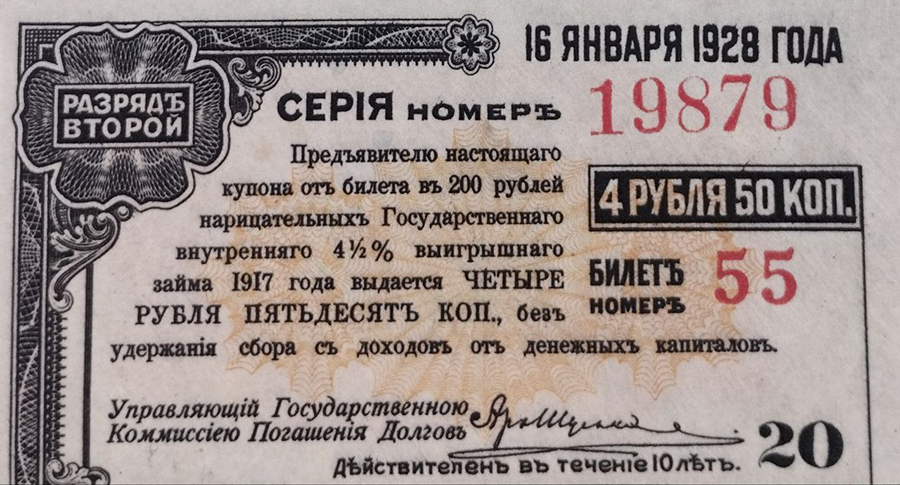

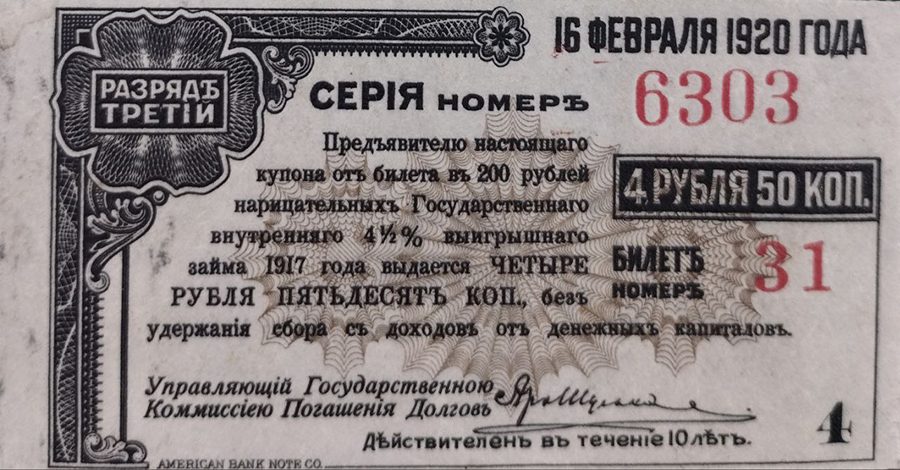
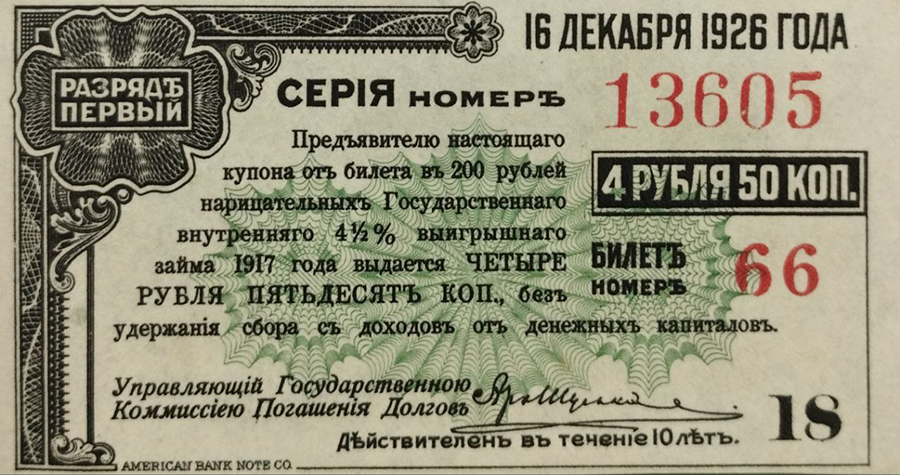
12. Personal obligation to supply the state with food products at fixed prices. Type of indirect tax. Soviet Union, 1960s.

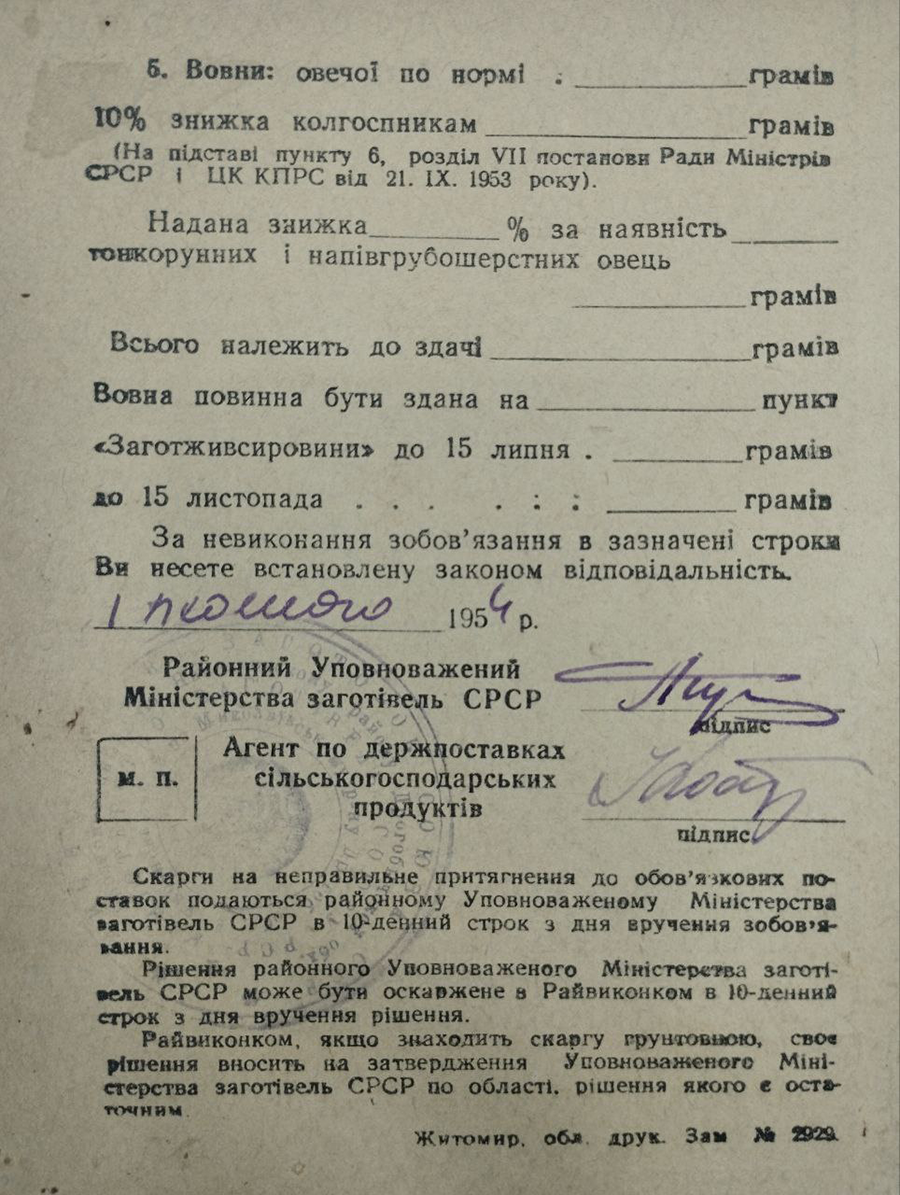
13. Promissory note of 1000 rubles, confirmed by the bank. Kyiv, Russian Empire, 1905.

14. Certificate of a trade representative from the times of the Ukrainian People’s Republic. Issued on the letterhead of the times of the Russian Empire.

15. Hryvnia banknote from the times of the Ukrainian State of Hetman Skoropadskyi. It had separable coupons.
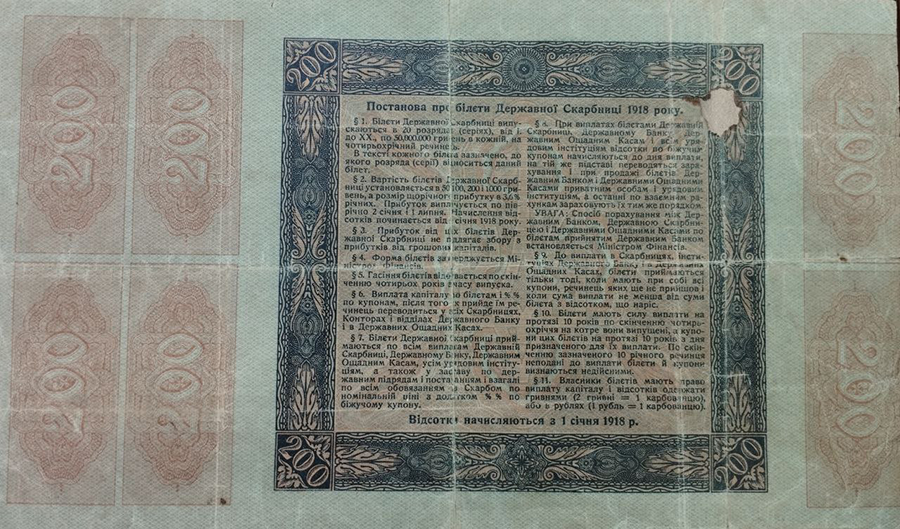
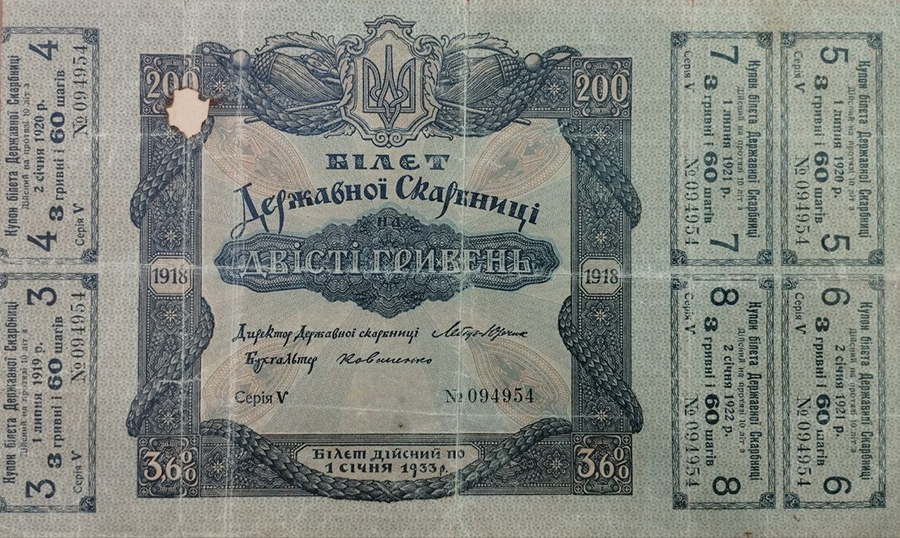
16. Treasury ticket of the command of the armed forces of “south of Russia”. In 1920, it was officially recognized by France. Sevastopol (Crimea).
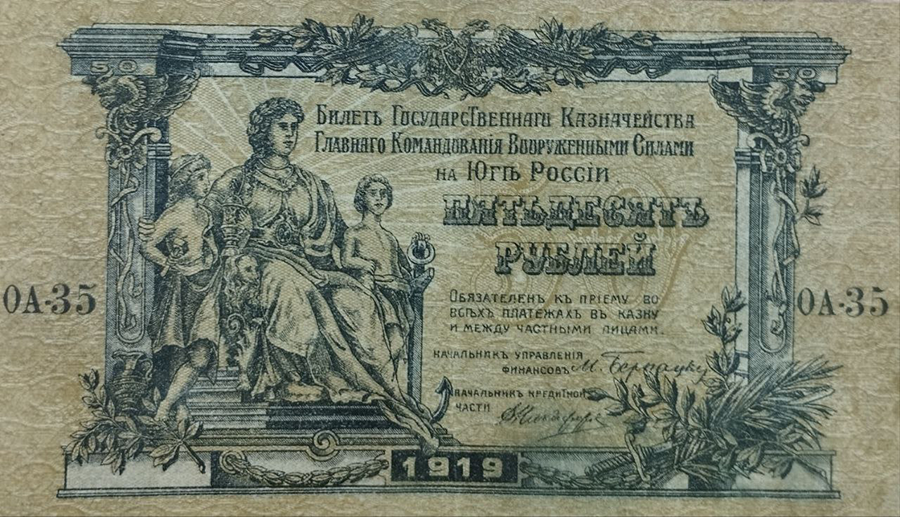
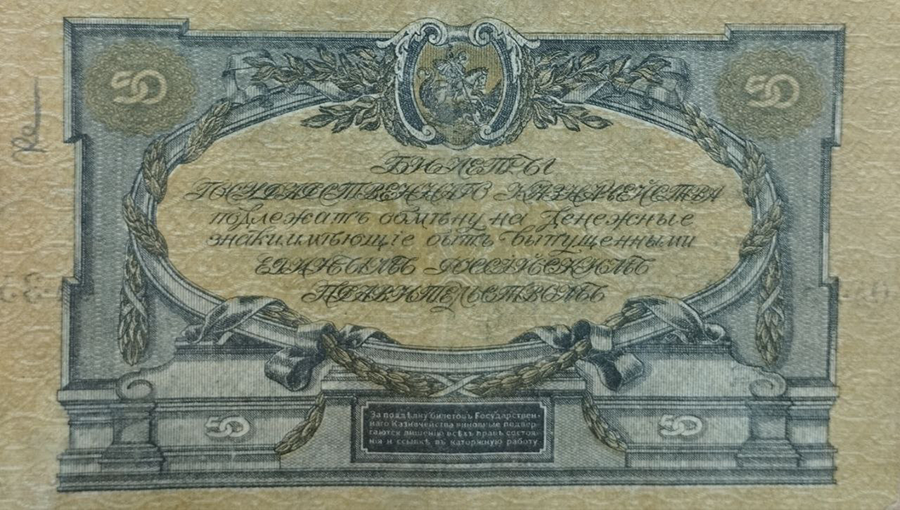
17. Action with coupons for the payment of dividends of the joint-stock company “Kyiv Tramway” (Belgium). “Kyiv Tramway” was the first electric tram in the Russian Empire.

18. Monetary unit of the times of the temporary government of Kerensky. Clich? of 1917. It was used by the State Bank of the RSFSR until 1922.


19. “Chervonets” was the first Soviet currency backed by gold.

20. 10 rubles was a pass for Soviet soldiers to surrender to German captivity.

21. Austro-Hungarian crowns were issued in German and Hungarian. They were in circulation in Halychyna and Zakarpattia until 1918.

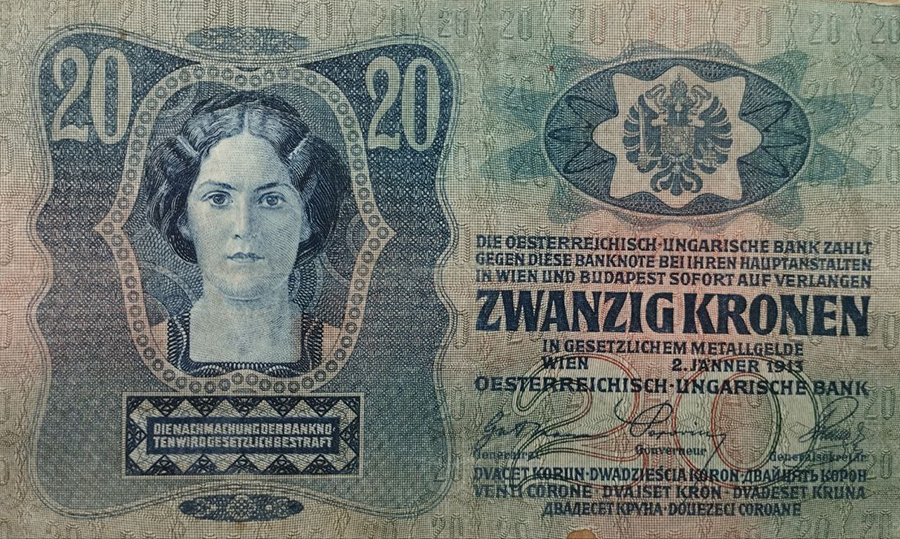
- Media (89)
- News (187)
- Events (32)
- Ukrainian Historical Notaphily (4)


